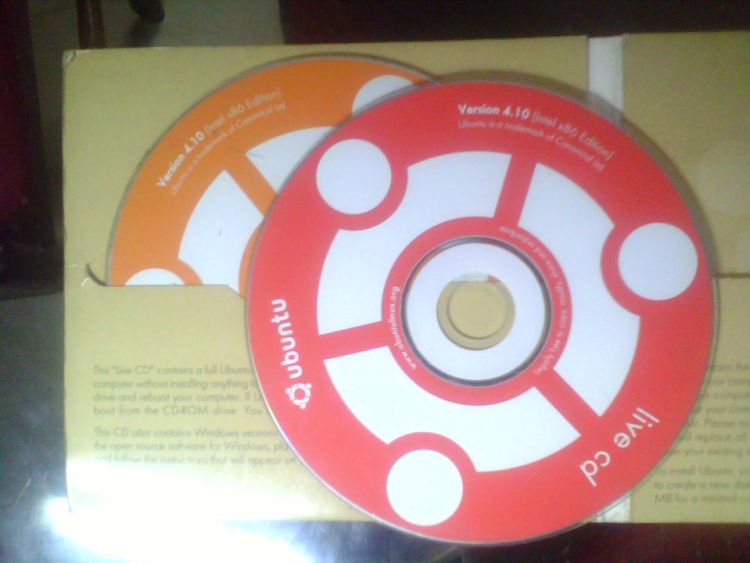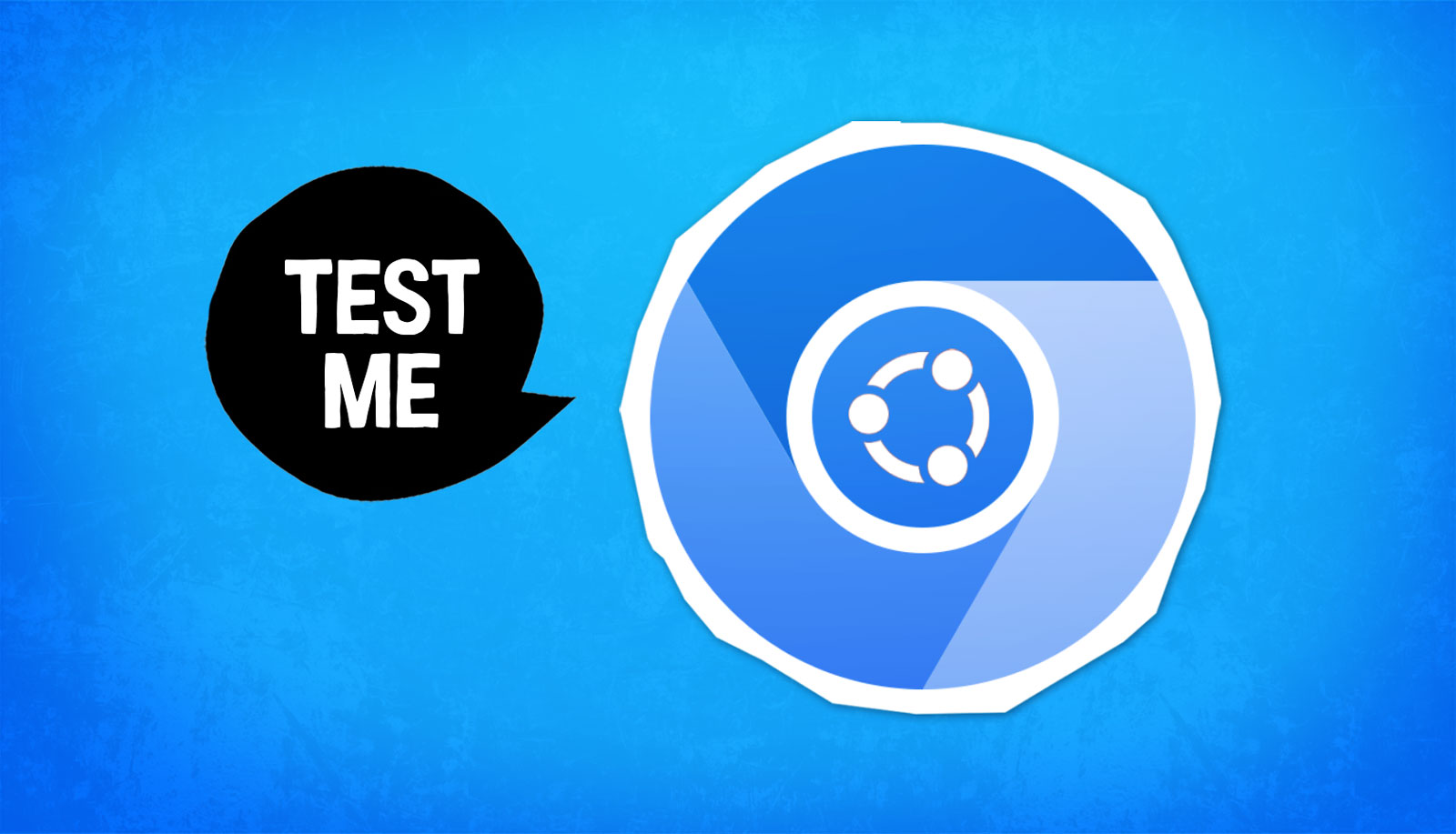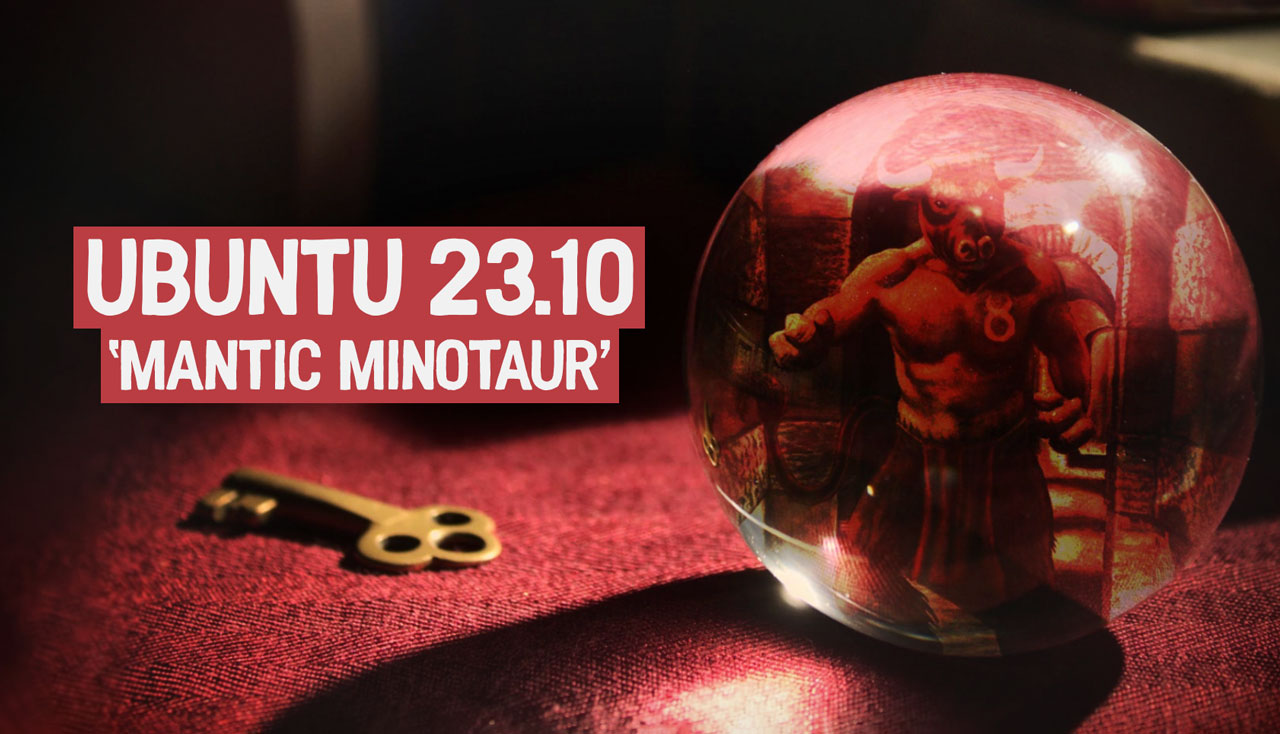Today is Ubuntu’s 19th birthday!
Yes, you read that right: nine-freakin’-teenth.
October 20, 2004 was when Ubuntu 4.10 arrived, codenamed ‘Warty Warthog’ as it was still rather rough around the edges.
Buoyed by a marketing campaign, the first version of Ubuntu was an instant hit with Linux users. Warty lit the flame of popularity that has seen the distro blaze an inextinguishable trail in the years since.
19 years on and Ubuntu continues to lead from the front – cloud to cluster, desktop to data centre
Why was Ubuntu such a hit from the get go?
Ubuntu 4.10 fitted on a single CD; could detect hardware and configure support automatically; and drastically simplified the installation of X — a real BLEEP ache at the time!
Canonical also chose to offer free Ubuntu CDs. Anyone could request a shrink-wrapped copy of the release. This was a major lure in an era when high-speed broadband wasn’t ubiquitous.
The original motto of “Linux for Human Beings” was apt because Ubuntu, more than any Linux distro had to that point, cared about the entire user experience, not just installation, not just app selection, not just appearance, but all of it and more.
Of course, Ubuntu grew beyond enthusiast desktops and hobbyist servers. Its reputation for technical expediency, security, and adaptability enabled it to become a dominant player in areas like enterprise, cloud, and IoT.
Areas that bought in the funds to help keep the desktop side going.
Flashback to Ubuntu 4.10

Wondering what Ubuntu 4.10 ‘Warty Warthog’ was like?
Ubuntu 4.10 came with then-new GNOME 2.8 desktop. Like, really new; it was the first Linux distro to package and ship it! Also onboard were Mozilla Firefox 0.9, Evolution 2.0, and OpenOffice.org 1.1.2, ensuring productivity was catered for.
The distro also squeezed in GAIM for instant messaging, gFTP for web management, the XChat IRC client, GIMP image editor, and Sound Juicer for CD ripping needs. Then, as now, music playback was taken care of by Rhythmbox, and the bundled video player was Totem.
And since floppy discs were still a thing the distro provided Floppy Formatter too.
For more apps, Synaptic was the go-to GUI package manager, a position it held for a while. It wasn’t until Ubuntu 9.10 introduced the Ubuntu Software Store that the tool was removed from the default install – much to the chagrin of its avowed fans!
As well as a 32-bit ISO the release also came in 64-bit and PowerPC images too, all powered by Linux kernel 2.6.8. This ensured (almost) every computer of the era was able to run the spangly-new system from the get-go.

Today we’re used to one ISO providing both a live session and a system installer. But when Ubuntu 4.10 was released that wasn’t (yet) possible so there were separate images for each. If you requested a free CD you received both a live disc and an install disc in a slick slipcase.
Interested in taking a trip back in time?
Visit old-releases.ubuntu.com/releases to download Ubuntu 4.10, along with all other historic Ubuntu releases (alas the page doesn’t support HTTPS hence the lack of linky-link).
Happy Birthday, Ubuntu!
Some two decade in and Ubuntu remains in rude health.
Sure; it’s had its fair share of stumbles and set-backs (hello Ubuntu TV, Upstart, and Ubuntu One) but it’s still a leader at the cutting edge of Linux development, from cloud to cluster and desktop to data centre.
So join me in raising a glass of something cheery (an Ubuntu wine or fizzy Ubuntu cola perhaps) to the distro that not only defined but continues to define “Linux for Human Beings”.
Cheers, Ubuntu – here’s to many more amazing years with you!
Ubuntu 4.10
ubuntu birthday





